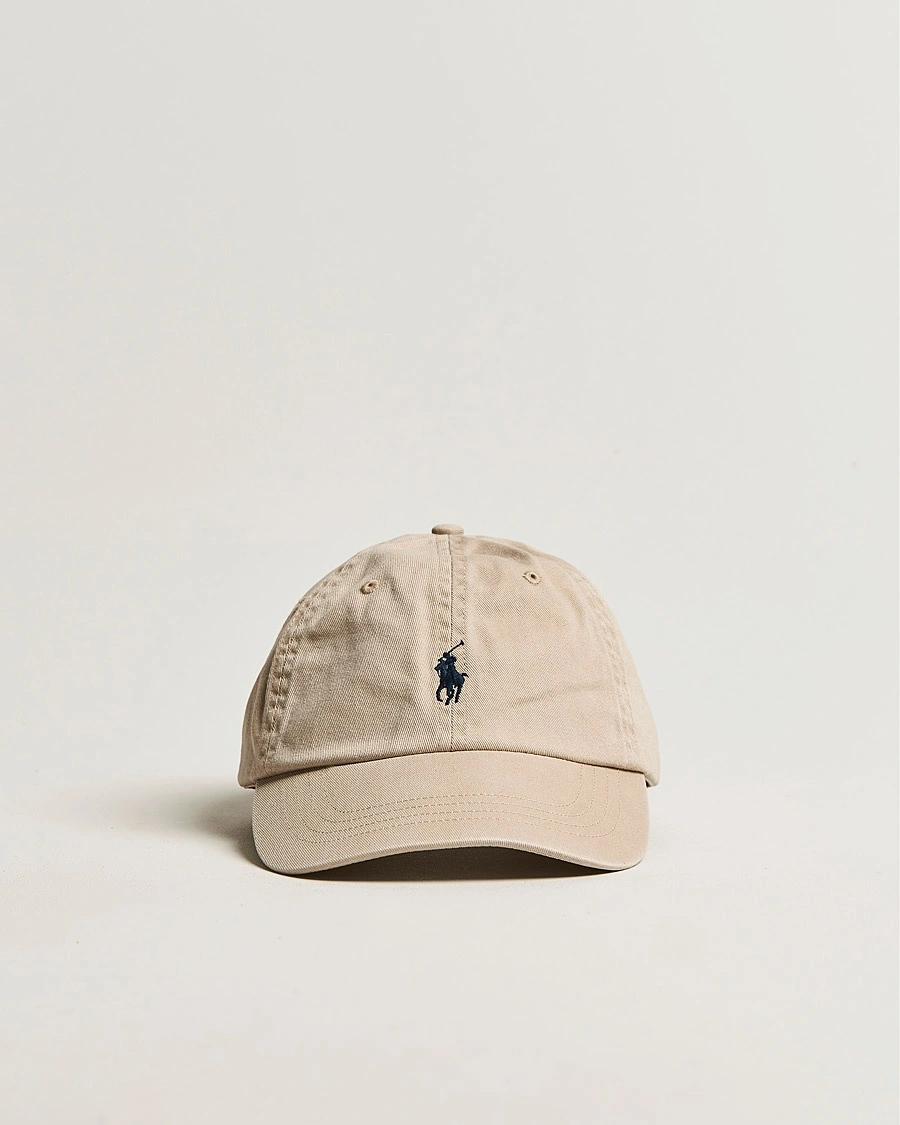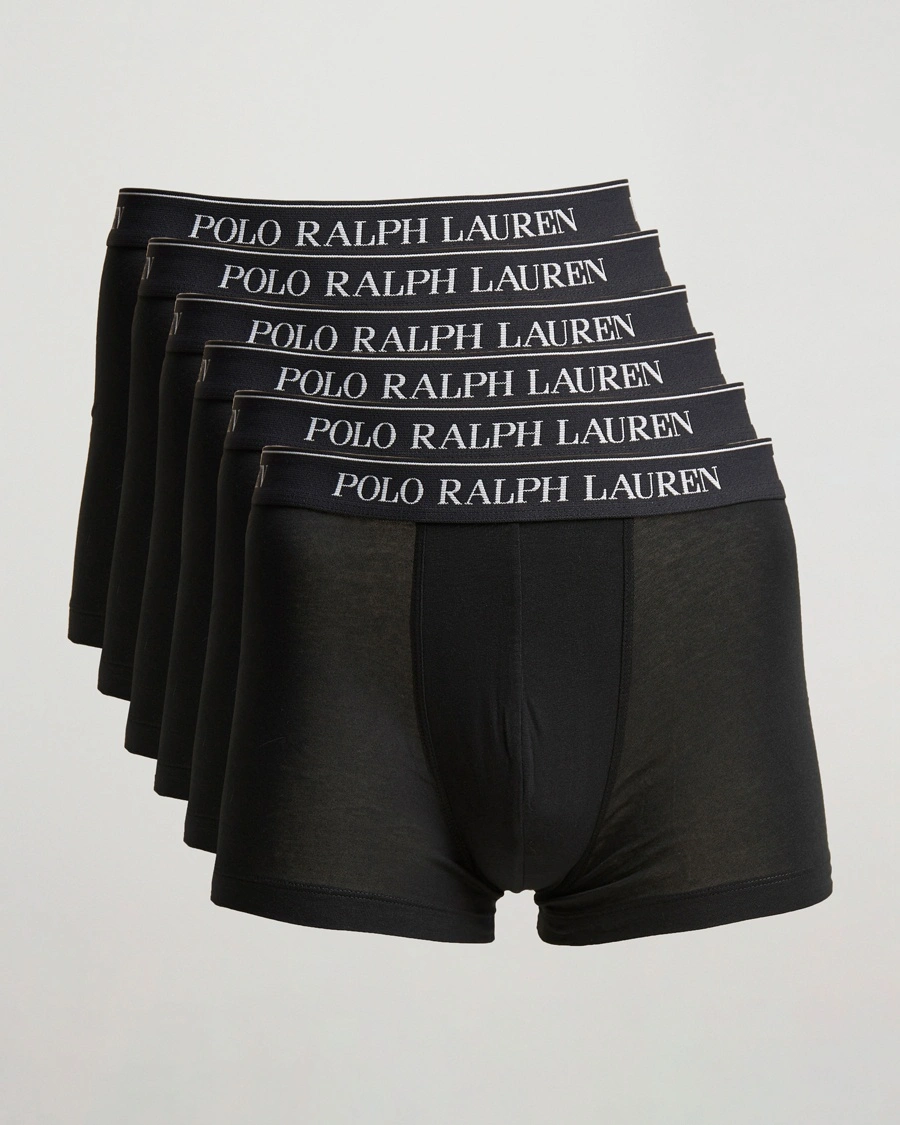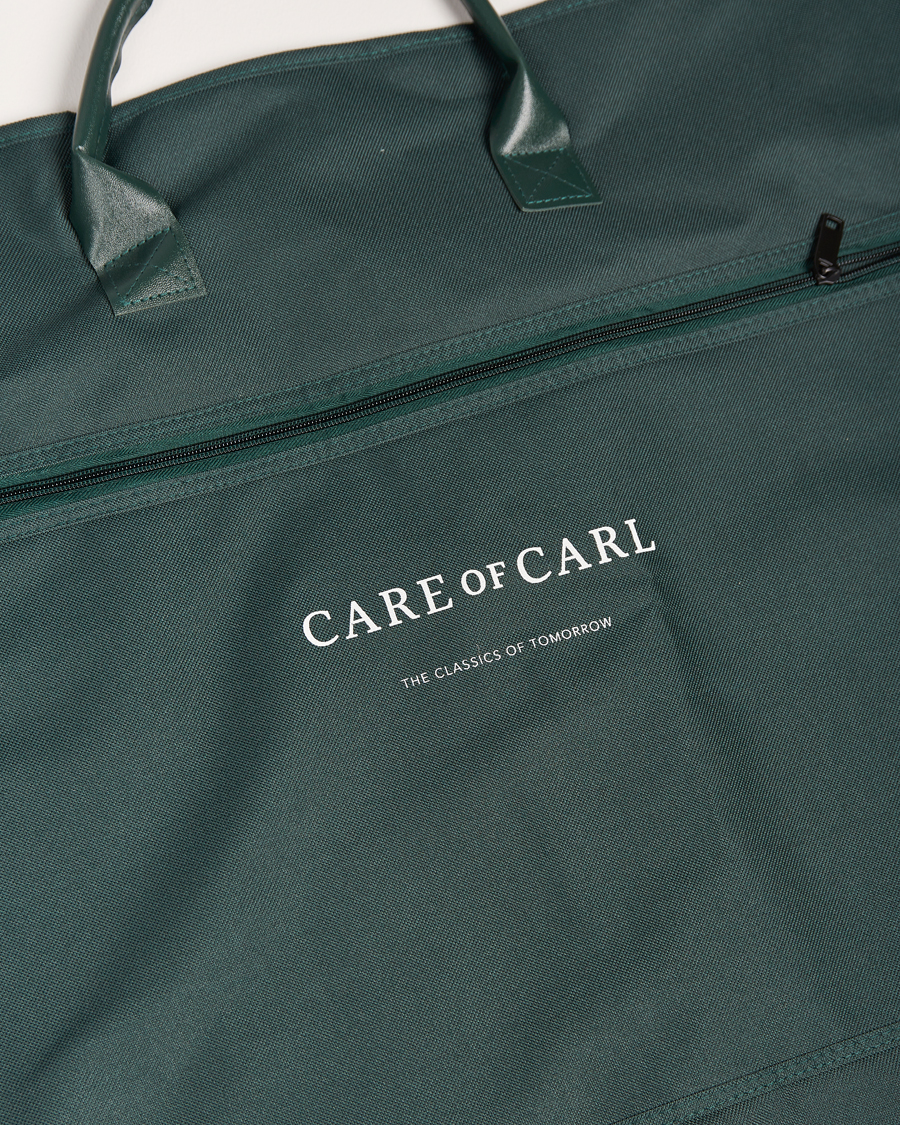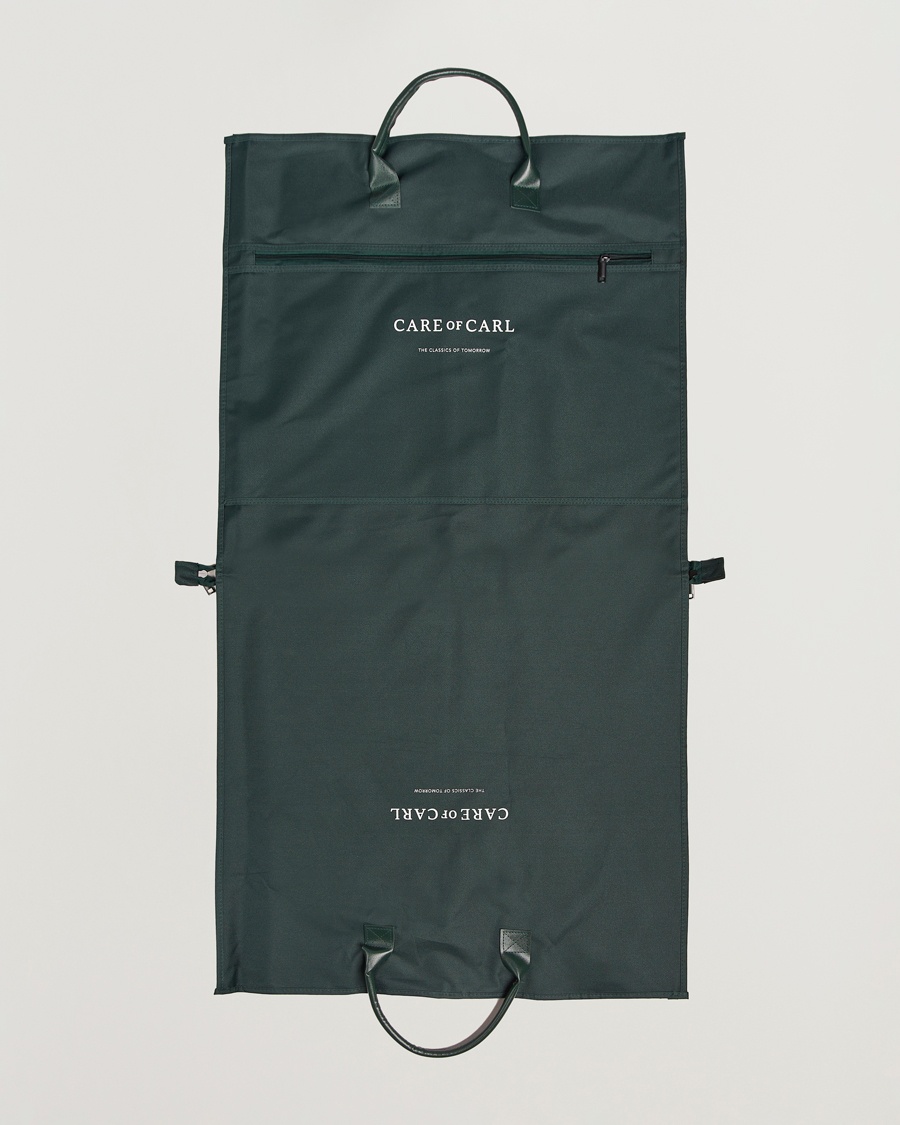How to wash wool

How to hand wash woollen garments:
1. PREPARE THE WASH
2. GENTLY WASH THE GARMENT
3. CHANGE THE WATER IF NEEDED
4. GENTLY RINSE
5. DRY THE GARMENT
How to machine wash wool garments:
How to:
1. PREPARE THE GARMENT
2. READ THE WASHING INSTRUCTIONS
3. SELECT WASH PROGRAM
4. USE THE RIGHT DETERGENT
5. DRY THE GARMENT
WHEN SHOULD I WASH MY WOOL GARMENT?
Washing a woollen garment is something that you need to do extremely rarely. Often it is enough once a year or when it feels dirty or smells bad. Garments that you wear closer to the body obviously need to be washed more often, but far from as often as a corresponding variant made of cotton or synthetic material. Before you decide to wash the garment, it may be a good idea to try brushing off the dirt and letting the garment air. If this does not help, it may be time to wash it.
THE ART OF WASHING WOOL GARMENTS
To begin with, a wool garment is largely self-cleaning and relatively dirt-repellent. This means that you do not have to wash it as often, but it may be enough to air the garment from time to time. Why, you may be wondering? To explain it all, we need to go down to the microscopic fibre level and study what a wool fibre looks like. Unlike many other materials, the wool fibre has a scale-like structure which means that the fibres easily hook together and that dirt is more easily transported out to the surface of the garment.
The surface layers of the fibres, which are covered by the fat: lanolin, a fat that is naturally produced by the sheep, also helps to make the garments moisture and dirt repellent.
Fun fact
The lanolin fat is used, among other things, in dietary supplements such as vitamin D and as an ingredient in emollient skin creams.
When the wool fibres are covered with the fat lanolin, you should avoid washing with grease-dissolving detergent, as these can destroy the garment's natural self-cleaning properties. Instead, we recommend using a detergent intended for wool.
MACHINE WASH VS. HANDWASH
Washing by hand is probably something that many people aren’t drawn to and see as a pain. However, it is always the safest way to wash a woollen garment. Even more gentle wool programs on the washing machine can work well to use in lower temperatures, but there is a risk that the garments will begin to feel less soft and shrink more easily if you use machine washing. This is because the machine gives a more mechanical wear on the garment, something that can lead to the fibres hooking up more. Therefore, we always recommend that you, if you are worried about your garment, wash it gently by hand.
STORAGE OF WOOL GARMENTS
Knitted woollen garments should preferably be stored folded and lying down. This is because a knitted garment easily elongates if it is stored on a hanger and can take the shape of a hanger. Garments such as jackets, trousers and suits are preferably stored hanging as these are usually made from a woven fabric that can withstand hanging without being deformed.
To avoid the garment being eaten by clothes moths, you can put a bag of dried lavender or a block of cedar in the closet, as this type of pest does not like the smell of these. If you do not plan to use the garment for a long time, it may be a good idea to store it in a tightly closed plastic bag or box to avoid pest infestation. If, contrary to expectation, you find clothes moths on the garment, it may be a good idea to put it in the freezer for a week to make sure that they die and can no longer damage your garment.















